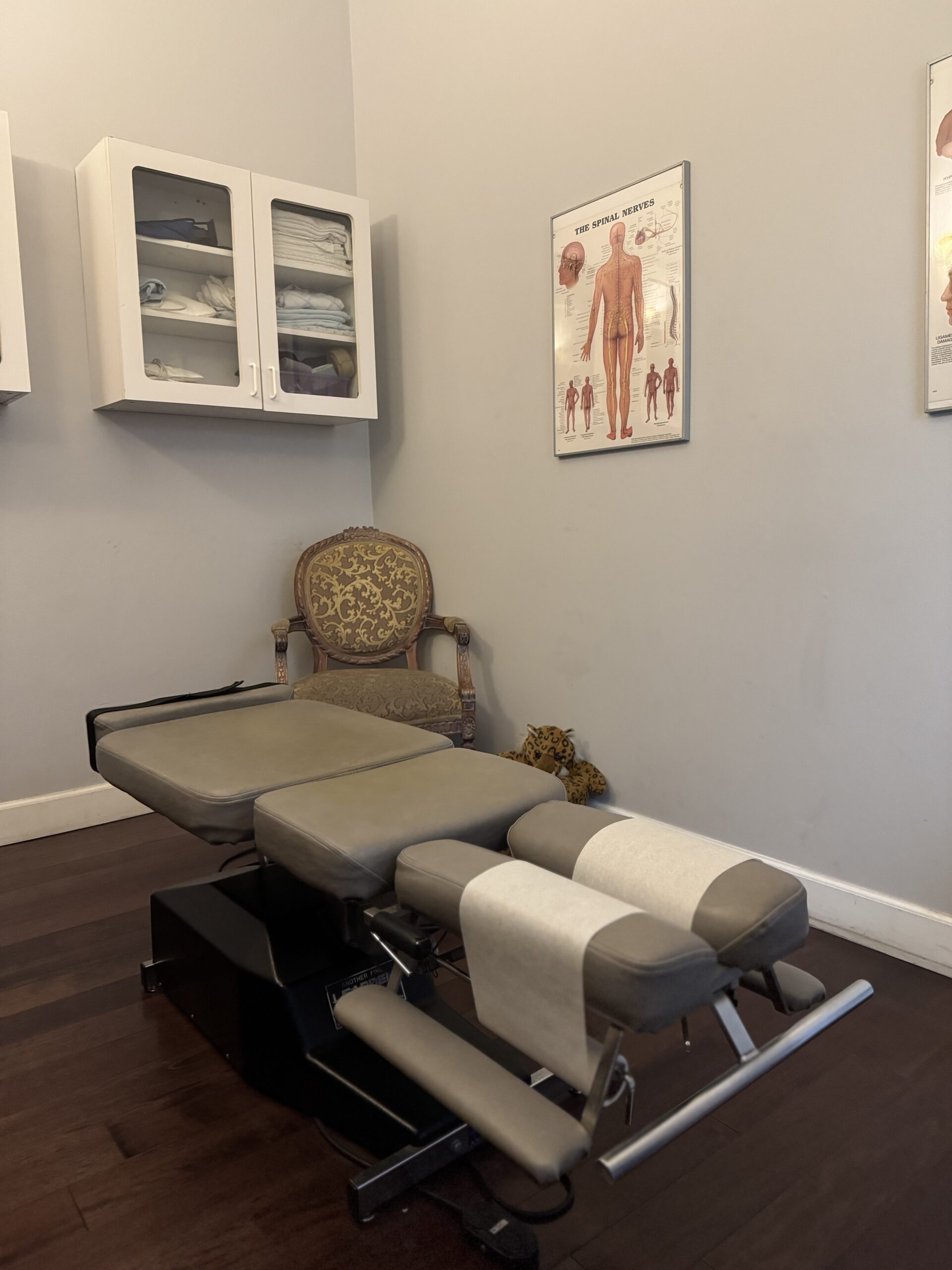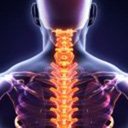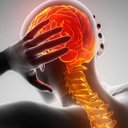The Total Wellness
Publications
Publications
What is a Subluxation?
Your spine consists of 24 movable vertebrae that protect the spinal cord, a vital system responsible for transmitting information from the brain to your muscles, organs, and skin. Discs act as cushioning between these vertebrae.
With over 200 bones in the body, each joint allows movement. The spine’s joints are particularly close to nerve roots, so improper movement—whether excessive or restricted—can have significant effects on the spine and the body. When a spinal bone is misaligned and doesn't move correctly, it can irritate delicate nerves. Overactive or underactive joint movement can lead to nerve compression or irritation, impacting vital nerve signals essential for bodily functions.
This misalignment is known as a vertebral subluxation, or simply a subluxation. It refers to a change in the position of two adjacent vertebrae that disrupts the nervous system and body function. This can be seen as a "pinched nerve," but the term encompasses broader impacts on health, as spinal misalignments can lead to tight or weak muscles, inflammation of discs and ligaments, bone spurs, and degenerative conditions.
Causes of Subluxation
Subluxations can result from various factors, including trauma such as car accidents, improper lifting, falls, or repetitive strain. Other lifestyle factors like poor posture, stress, lack of exercise, and poor diet can slowly affect spinal health. Even birth can cause subluxations due to the significant stress placed on the infant's spine, especially the neck, during delivery. Studies suggest that many neurological issues can be traced back to birth trauma.
Correcting Subluxations
Chiropractors are trained to detect, address, and prevent vertebral subluxation complexes. By thoroughly examining the spine, chiropractors focus on correcting areas of misalignment to improve nervous system function. The longer a subluxation goes uncorrected, the more it can damage your body’s functions, making it harder to treat. Periodic spinal checkups are essential for maintaining overall health.
The Natural Approach to Headaches
Nearly 45 million Americans suffer from chronic headaches, with many seeking medical help for relief. However, traditional treatments often fail to provide lasting solutions, and some can even worsen the condition over time.
Many headache sufferers resort to painkillers, but studies show that a significant portion has turned to alternative treatments, with chiropractic care becoming a popular option due to its safety and effectiveness.
Effective Chiropractic Approach
A 2001 study by Duke University found that chiropractic care can be highly effective for treating tension and cervicogenic headaches. The study compared spinal manipulation to medication for treating severe headaches. Those treated with chiropractic care reported fewer side effects and more lasting relief. Spinal manipulation can help eliminate cervicogenic headaches and alleviate tension-related headaches, with or without adjustments.
Chiropractors like Dr. Kenneth D. Erickson argue that chiropractic care should be the first approach for headache relief due to its effectiveness and minimal side effects, compared to medications that often fail to address the root cause.
Diagnosis of Headaches
Accurate diagnosis is key to successful treatment. Chiropractors evaluate headaches by gathering details such as when they started, their location, and frequency. Tension headaches, often caused by poor posture or emotional stress, result in tight muscles that restrict oxygen flow, causing pain. Chiropractors look for spinal misalignments, particularly in the neck, to reduce muscle tension and alleviate headaches.
Cervicogenic Headaches
These headaches are caused by issues in the neck, leading to pain on one side of the head and neck. Treatment often involves spinal adjustments to relieve tension and restore motion. Chiropractors like Dr. Erickson use various techniques, including Active Release Technique (ART), to release soft tissue tension and improve function.
Migraines
Migraines, affecting millions of Americans, are severe, recurring headaches often associated with visual disturbances and nausea. They are believed to be caused by blood vessel constriction and dilation in the brain. Spinal misalignments can affect blood vessels and nerves, triggering migraines. Chiropractic care can help alleviate symptoms and reduce the frequency of attacks by restoring spinal health and reducing muscle tension.
Chiropractors also educate patients on avoiding migraine triggers, such as specific foods, sleep deprivation, or prolonged static posture, which can contribute to headaches.
Birth Trauma and Chiropractic
Chiropractors have long warned about the risks associated with modern birthing practices, particularly the potential for creating subluxations in newborns. Birth is a natural process, but medical interventions often introduce risks that can lead to spinal misalignments. Common birth practices, such as pulling the infant's head during delivery, can create stress on the neck, resulting in subluxations.
Immediate birth trauma can cause severe issues like spinal cord injury or brain damage, but the long-term effects can be just as concerning, manifesting as learning disabilities, immune problems, or headaches.
Experts advocate for a more natural approach to birth, including upright delivery positions and less forceful interventions, to reduce the risk of injury. Chiropractors emphasize the importance of having newborns checked for vertebral subluxations to ensure their nervous system is functioning properly, free from interference. This can help prevent long-term health issues and support the development of the child’s overall health.

Engage in Healthy Living
Making better choices impacts your everyday life. Learn how Chiropractic Care can help.









